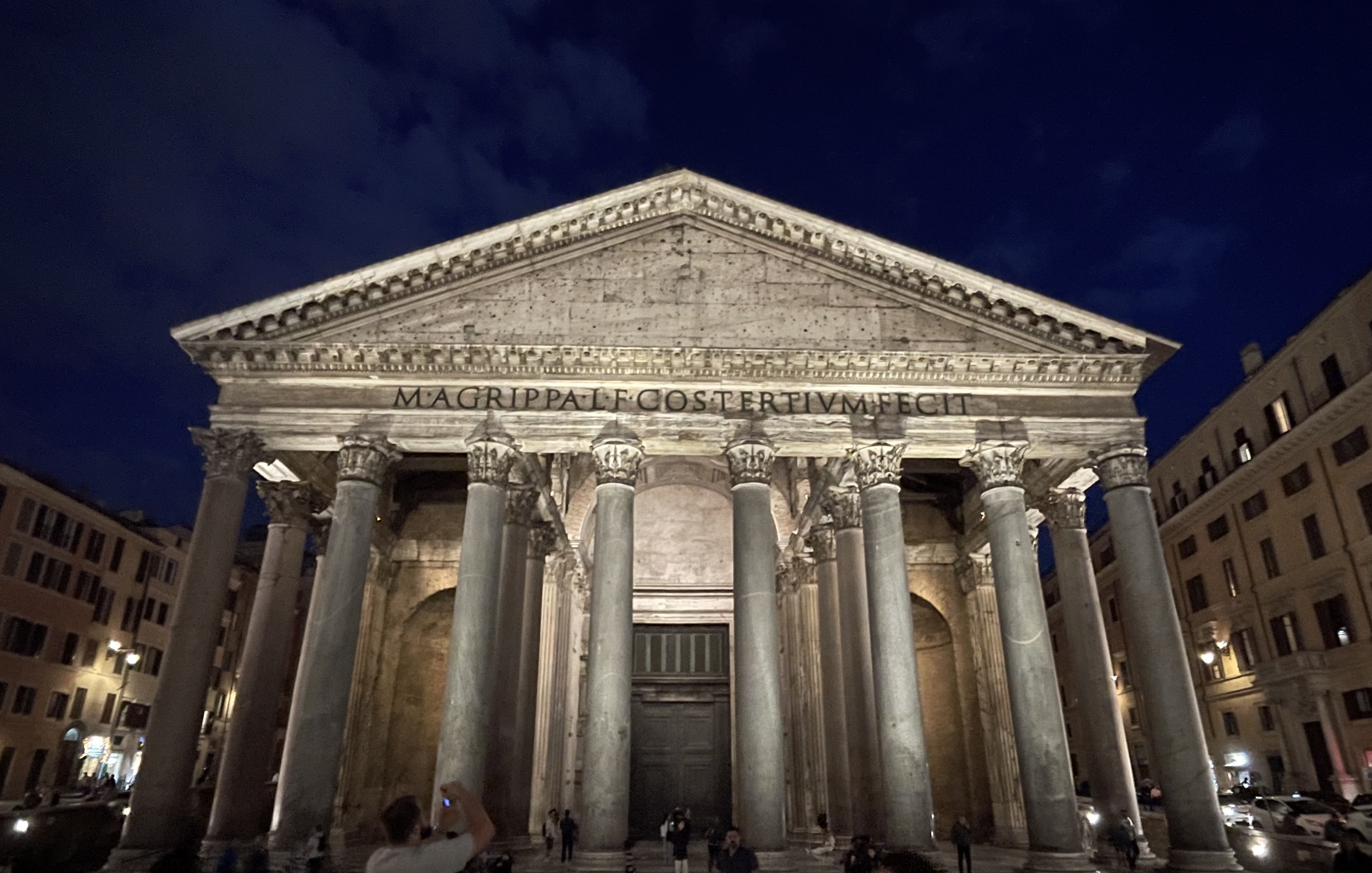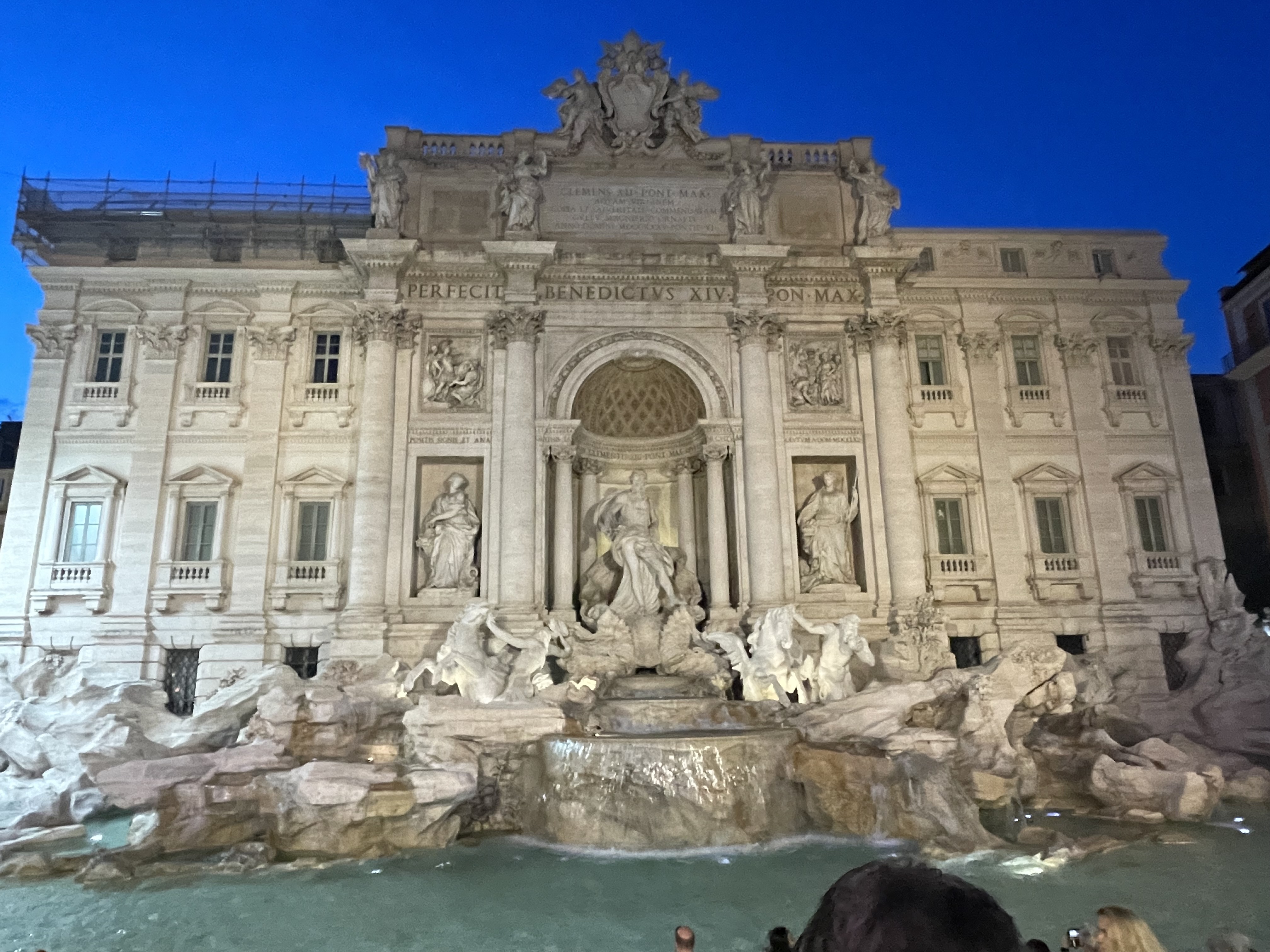AI and Earth observation: BGS visits the European Space Agency
The newest artificial intelligence for earth science: how ESA and NASA are using AI to understand our planet.
02/07/2025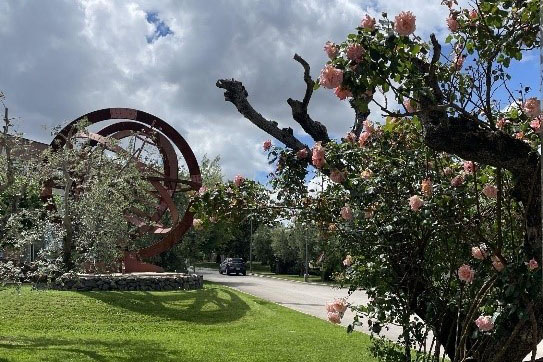
The European Space Agency (ESA) has many offices around Europe but, as an Earth observation scientist myself, the Earth observation headquarters at ESA’s European Space Research Institute (ESRIN) office in Frascati, just outside Rome, is the pinnacle!
ESRIN coordinates and manages the ground-based activities of ESA’s Earth observation missions: data acquisition and processing, and satellite communication. It is the home of innovation and management of software used across the agency, and houses ESA’s records of legacy projects, with missions dating back to the 1970s. It also holds the largest archive of environmental data in Europe, coordinating over 20 ground stations and ground segment facilities across Europe.
Earth observation at ESRIN and BGS
ESA’s Earth-observing activities include satellite missions that monitor many of our planet’s natural processes, such as snow and ice cap accumulation and melt, wildfires, landslides, earthquakes and tectonic movements. It also tracks human-induced changes like city growth, deforestation and groundwater abstraction. Many of these processes and changes are also researched at BGS, using the data from these satellites alongside our expertise in geohazards and geological processes.
The typical challenge we face nowadays as Earth observation scientists is the sheer volume of data available to analyse — we have too much data to sift through manually. One avenue for allowing timely analyses of these large datasets is to use specific artificial intelligence (AI) models called foundation models.
What are foundation models?
Foundation models are designed to take in millions of pieces of data and find relationships between different datasets that we don’t have the time to do manually. Additionally, if the model is trained on several images of the Earth through time, it can make predictions about how our planet might change in the future. For BGS research, this could be used to help provide advice on a multitude of crucial future geological hazards faced by countries around the world; for example, how our coasts may change with sea-level rise.
Last month, I had the pleasure of attending ESA’s joint workshop with NASA on ‘Foundation models for Earth observation at ESA ESRIN’. We stayed near the Colli Albani volcanic complex, which has formed some of the beautiful hills and volcanic lakes surrounding this area, just south-east of Rome.

Some of the ESA member state flags flying outside ESA ESRIN under stormy Italian skies. BGS © UKRI.
At the workshop
My job at BGS is to use both classical and newly devised methods to analyse satellite data and find patterns between the behaviour of the ground beneath us and our other geospatial datasets, and what this means for the people and surface infrastructure. This workshop was ideal for my role. I attended the sessions that focused on applications of AI models to real scenarios; on day one, sessions included using foundation models for various applications in earth sciences, weather prediction and climate science.
On day two, I attended a morning session on how scientists are adapting foundation models for geospatial and Earth observation tasks, which is exactly what I’m aiming to do! In the late morning and afternoon, I had my poster presentation slot, where I showed how my team at BGS envisions using AI alongside Earth observation and BGS data. This includes our bedrock and superficial deposit maps created by our survey geologists, hazard susceptibility maps from our hazards specialists, and more. I also presented some of the machine learning (ML) tools BGS has developed so far to help with this task. I got talking to some really engaging researchers, learning a lot from the people I spoke to about what data works well in these models (and what doesn’t!) and the field of AI in earth sciences as a whole. This was the most beneficial day to me as an early career scientist; talking to so many people from different organisations with different areas of expertise has been invaluable in my development as a scientist.
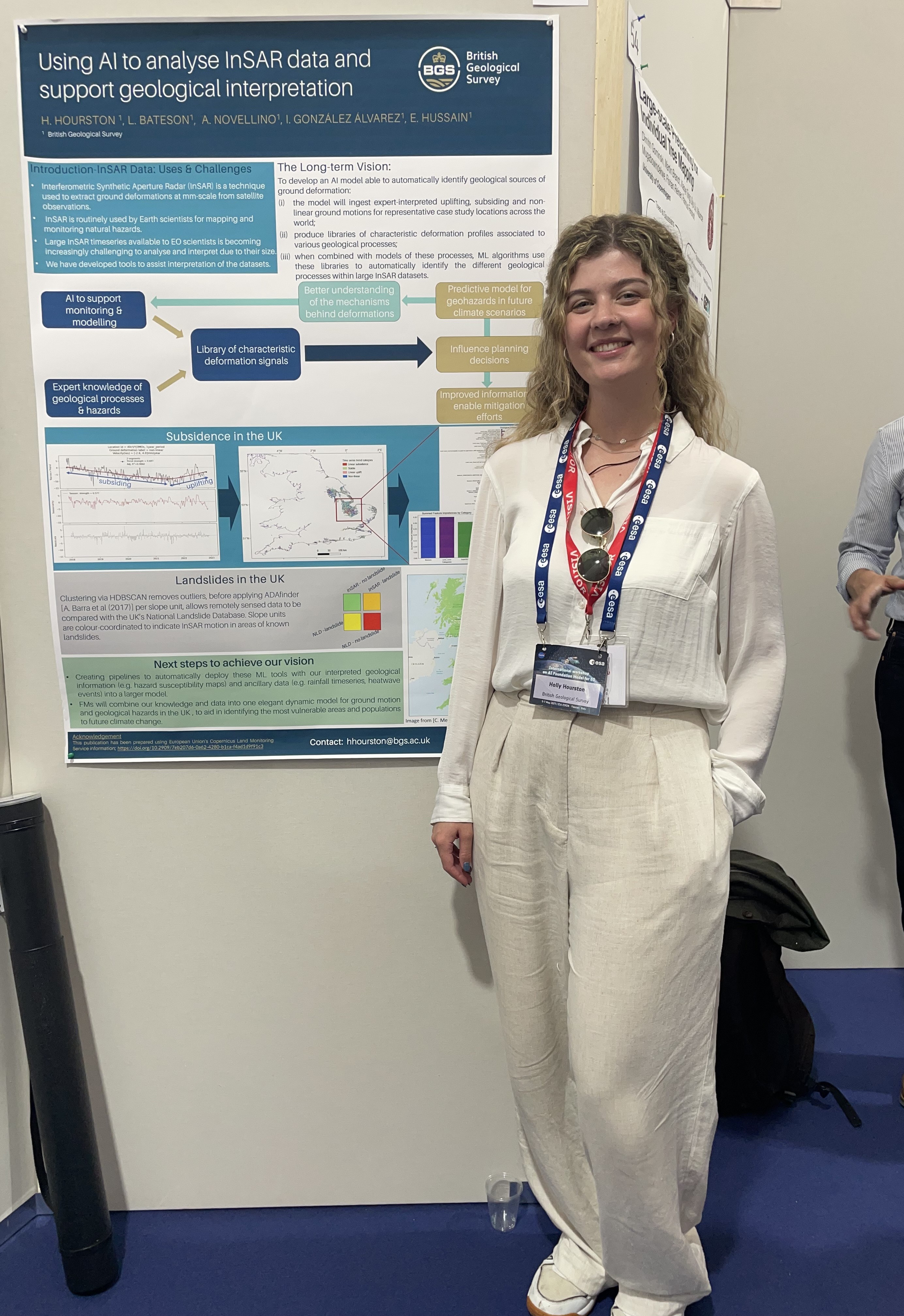
Standing next to a poster by me and some members of my team entitled ‘Using AI to analyse InSAR data and support geological interpretation’. The poster describes various current ML tools we have developed at BGS to analyse a type of satellite data known as InSAR, which measures how much the ground beneath us moves. BGS © UKRI.
When in Rome…
A trip to Lazio wouldn’t be complete without a little sightseeing, so on my penultimate night in Rome I managed to squeeze in some touristy activities. A great thing about working for BGS is being able to experience different cultures and their food — and to have your Italian speaking skills completely humbled by the locals…!
The final day consisted of hands-on training workshops in three of the foundation models that ESA and NASA have developed over the years, which is what I was most looking forward to. The training was delivered by the scientists at NASA Impact and IBM, who helped write the models, who were all fantastically knowledgeable.
Putting my knowledge to work
Now, a few weeks after coming back and with my newfound knowledge from world-leading experts in artificial intelligence, I’ve started to piece together more about how BGS could incorporate our data into such powerful models and I’m excited to practise my new skills. Unfortunately though, I couldn’t bring back buckets of Roman carbonara… so I’ll just have to get back to Rome as soon as I can!
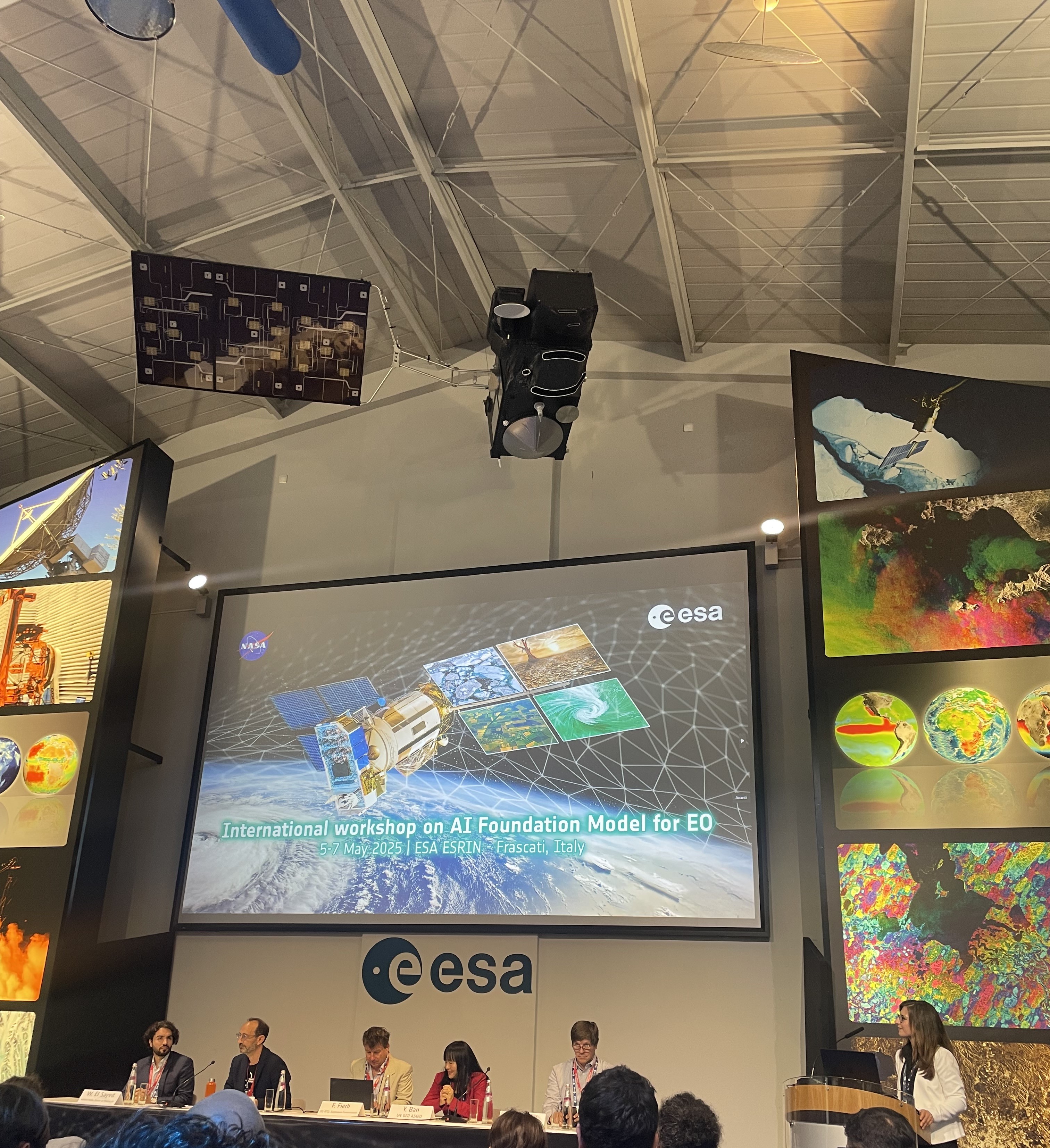
The panel discussion on Day 1 of the workshop, featuring representatives from NASA’s Science Mission Directorate, the Group on Earth Observations AI4EO, European universities and the European Commission. BGS © UKRI.
About the author
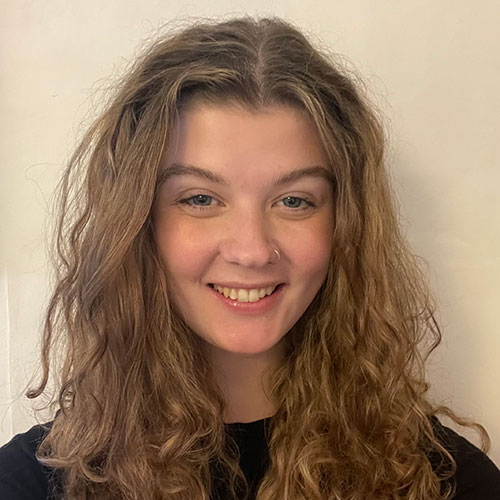
Holly Hourston
Earth observation scientist
Relative topics
Related news
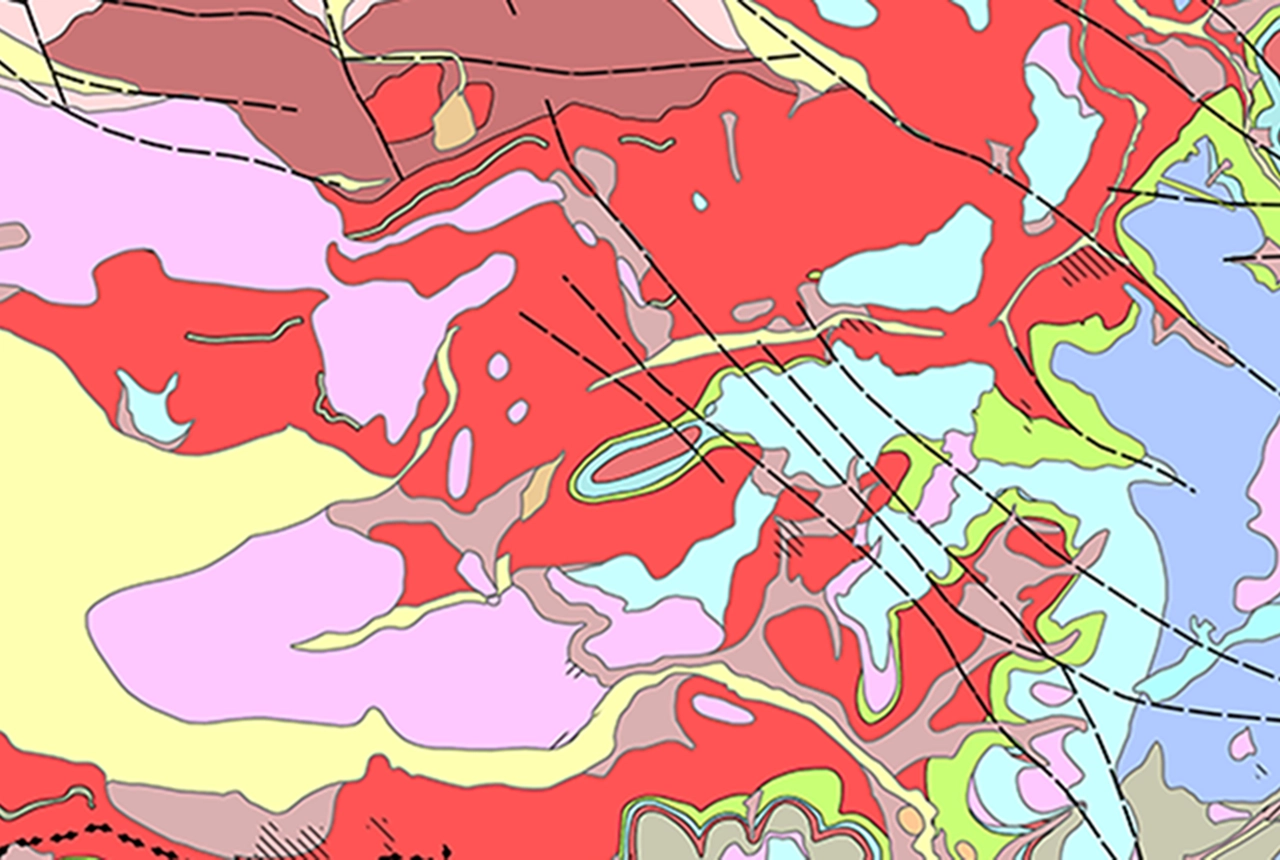
Latest BGS Geology 50K mapping data launched
06/11/2025
Some of our most widely used maps have received a major update, including the 1:50 000-scale map series that now includes enhanced coverage of Great Britain.
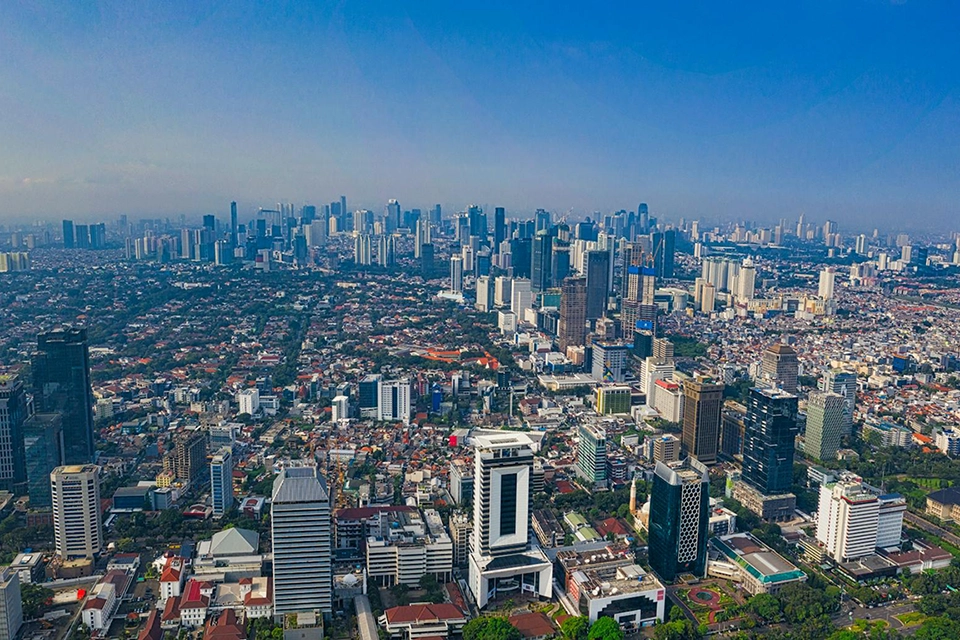
New research highlights significant earthquake potential in Indonesia’s capital city
04/11/2025
Research reveals that a fault cutting through the subsurface of Jakarta could generate a damaging earthquake of high magnitude.
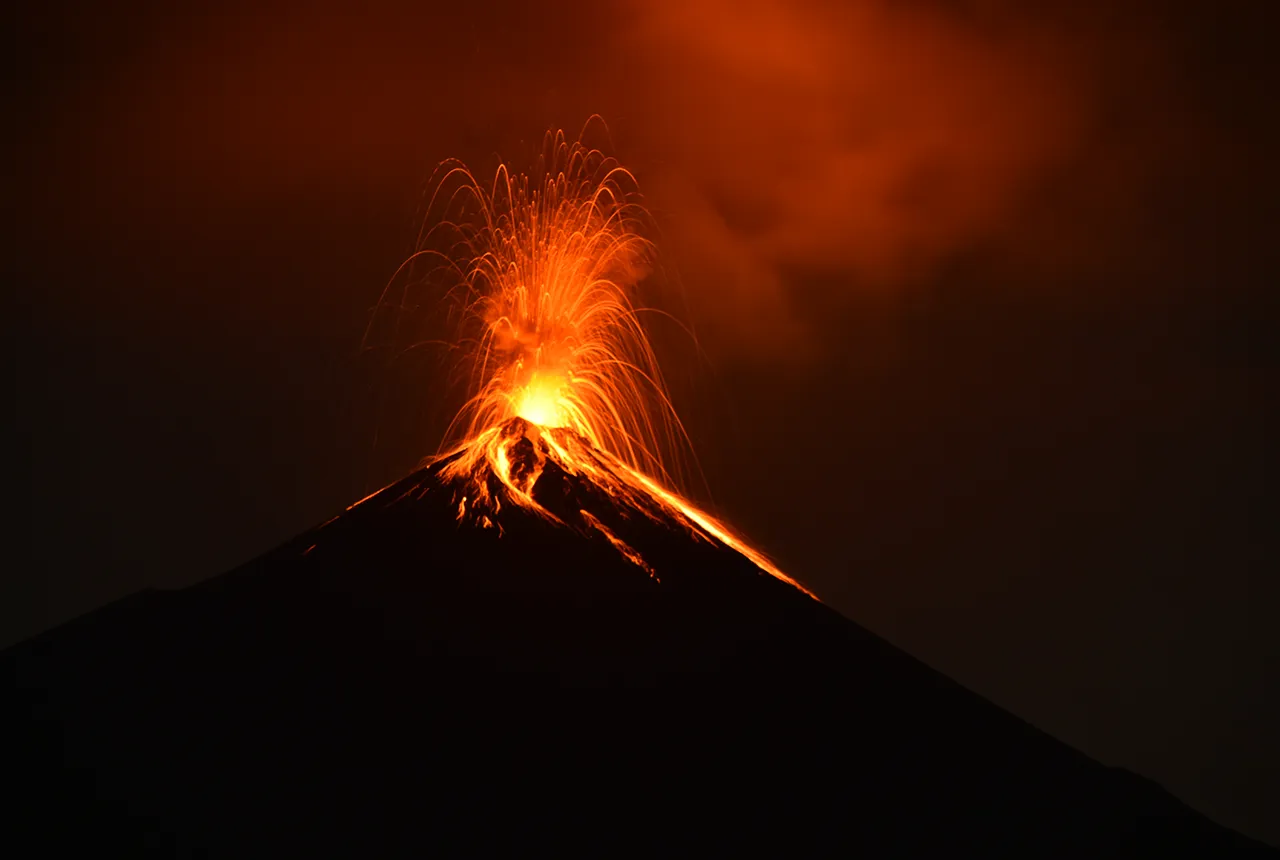
Fieldwork on Volcán de Fuego
13/10/2025
Understanding how one of the world’s most active volcanoes builds up material, and how they collapse to feed hot flows
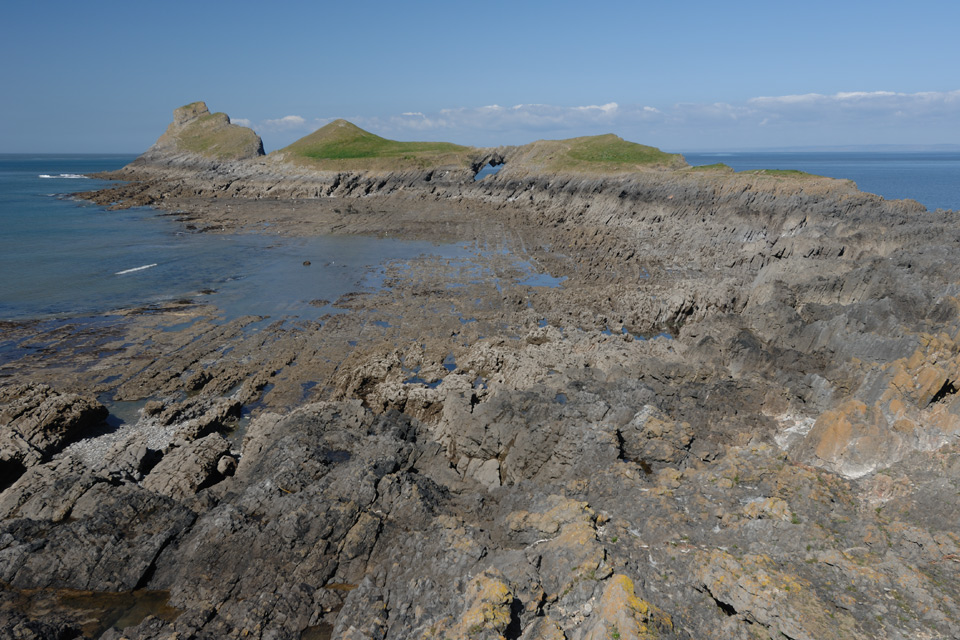
Extended seabed geology map of the Bristol Channel published
07/10/2025
BGS has released significantly extended high-resolution maps that will support offshore green-energy initiatives in the area.
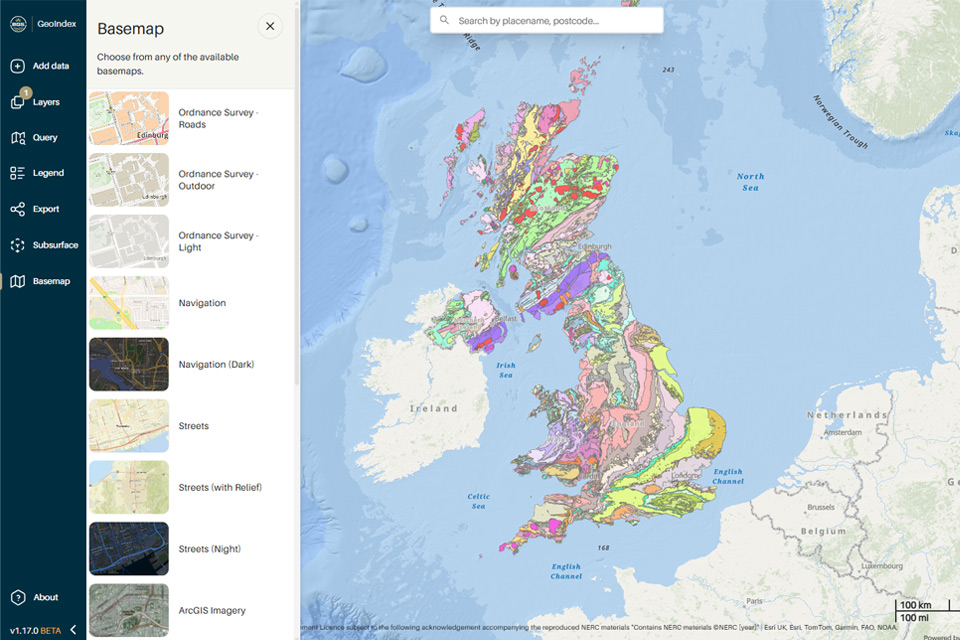
New BGS GeoIndex viewer released for user testing
24/09/2025
The premium map-viewing application has been given a major upgrade and made available as a beta release.
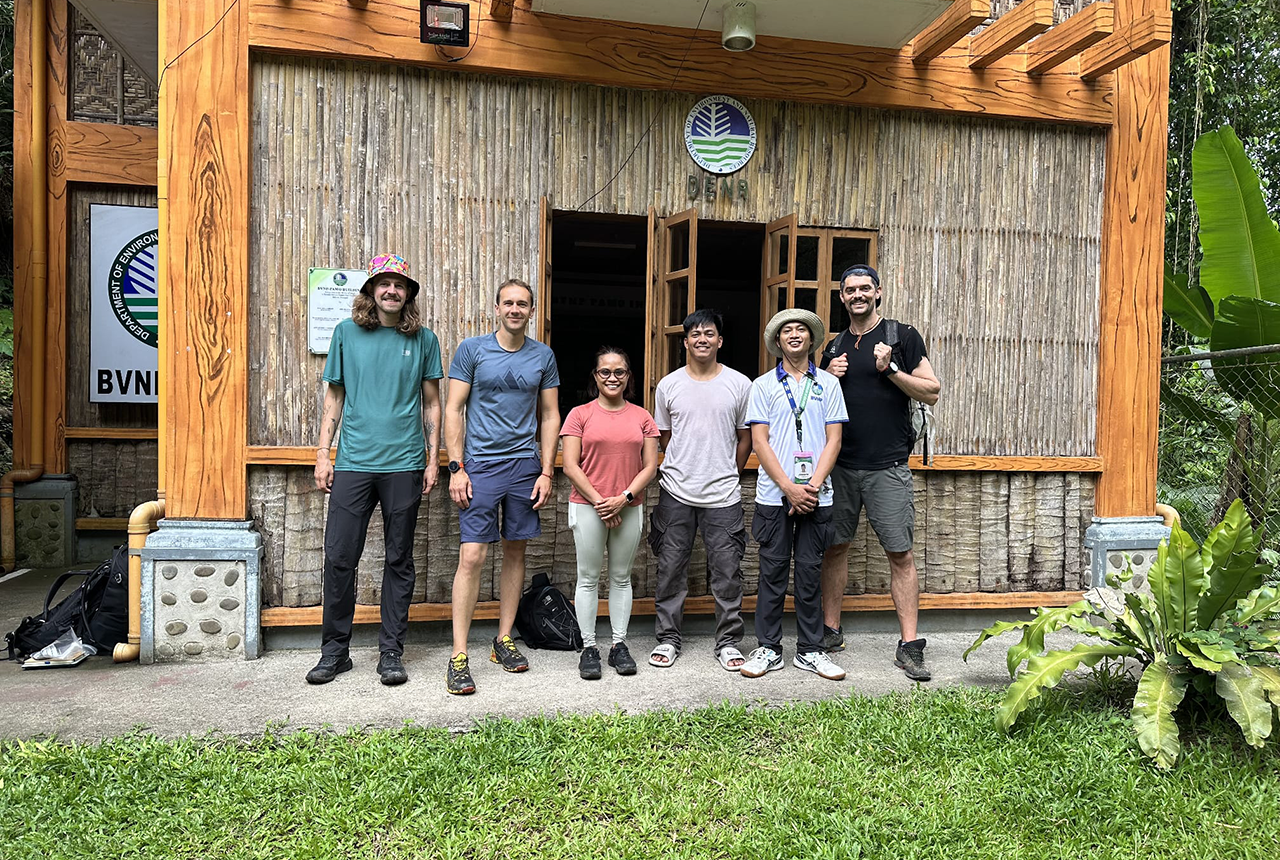
PhD adventures in the Philippines: coring around Lake Bulusan
05/09/2025
Chris Bengt recounts his two-week field trip to Bulusan Volcano Natural Park in the Philippines to collect lake sediment cores, fresh soil and water samples.
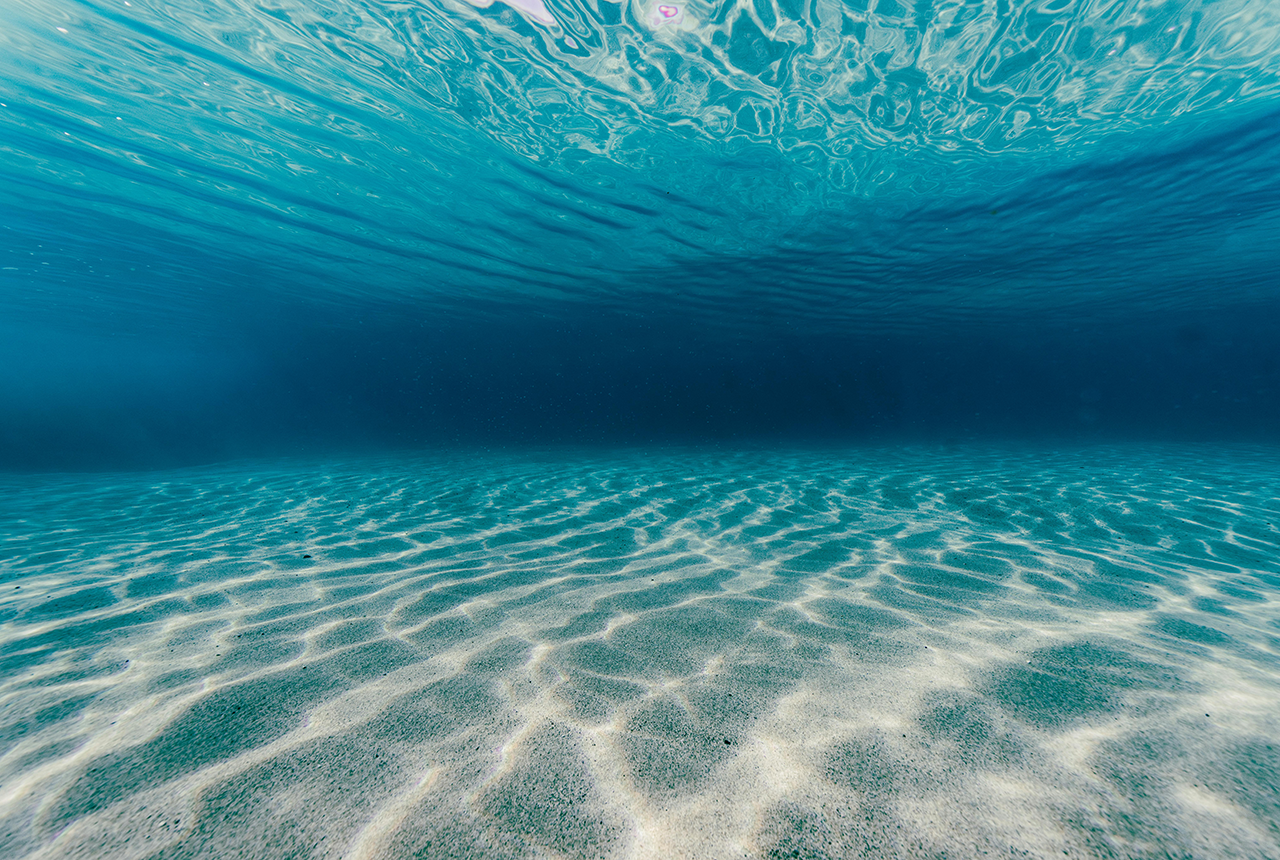
New seabed sediment maps reveal what lies beneath the waves
03/09/2025
Marine ecosystem science and offshore infrastructure will be boosted by a new dataset showing sediment composition across the UK continental shelf.
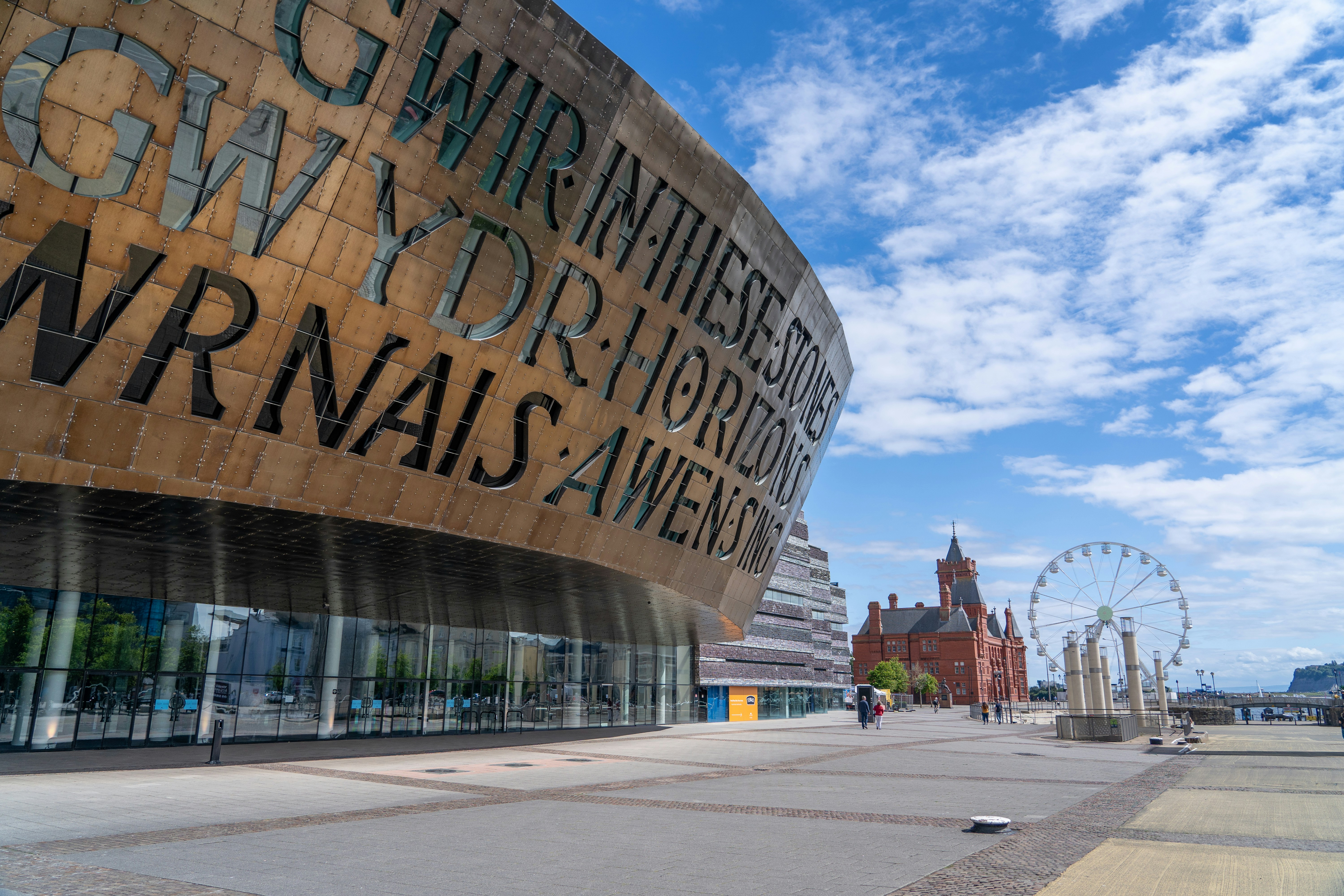
New geological ‘pathways’ discovered beneath Welsh capital
02/09/2025
Scientists have discovered cavities in the clay underneath Cardiff, which will influence the siting of future geothermal developments.
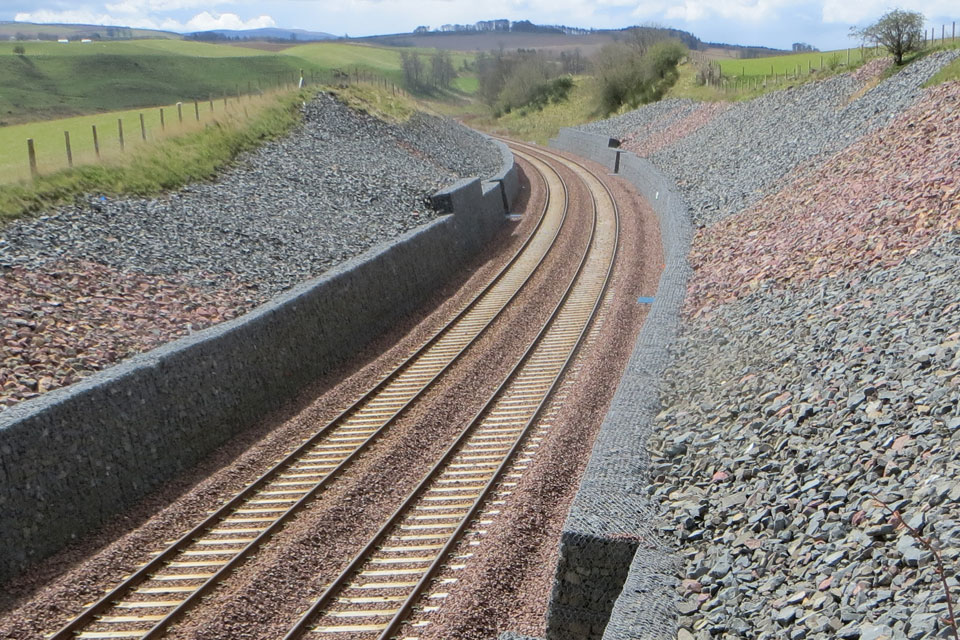
BGS artificial ground data: what do you need from a geological survey?
28/08/2025
BGS is seeking user feedback on artificial ground data: how you use it, what information you consider, and what we can do to improve our offering.
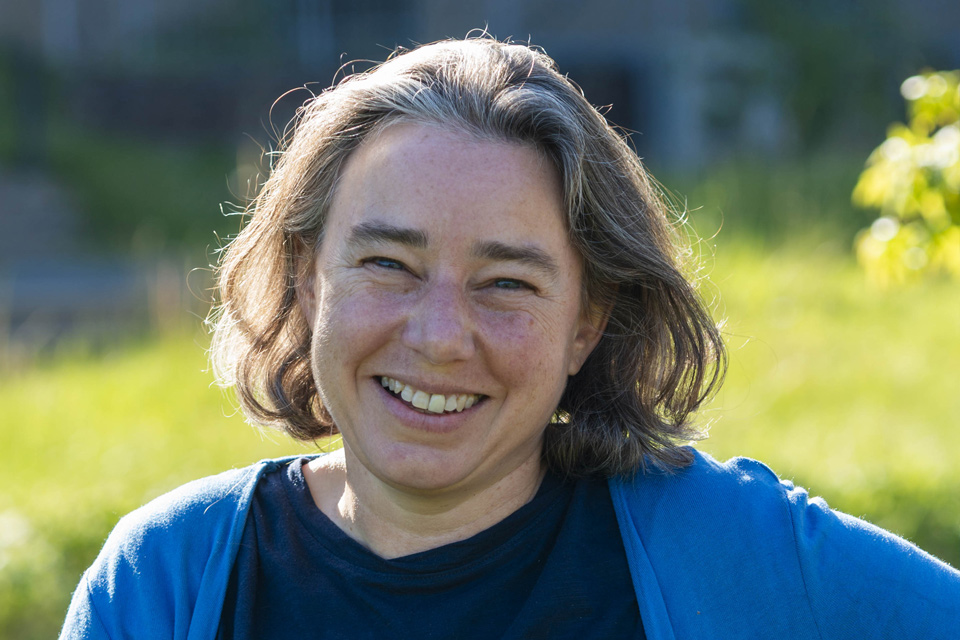
Dr Kathryn Goodenough appointed as honorary professor by the University of Aberdeen
25/08/2025
Dr Goodenough will take up the position within the School of Geosciences with a focus on critical minerals and the energy transition.
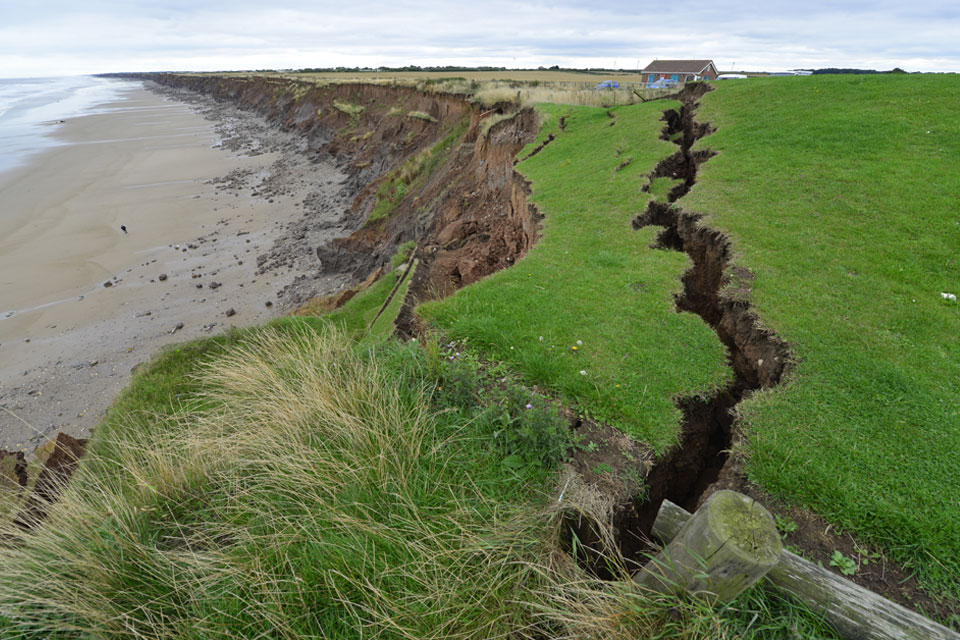
BGS scientists work with United Nations to update hazard profiles
21/08/2025
From tsunamis to sinkholes, the profiles provide a standardised, internationally agreed definition of hazards to support disaster risk management worldwide.
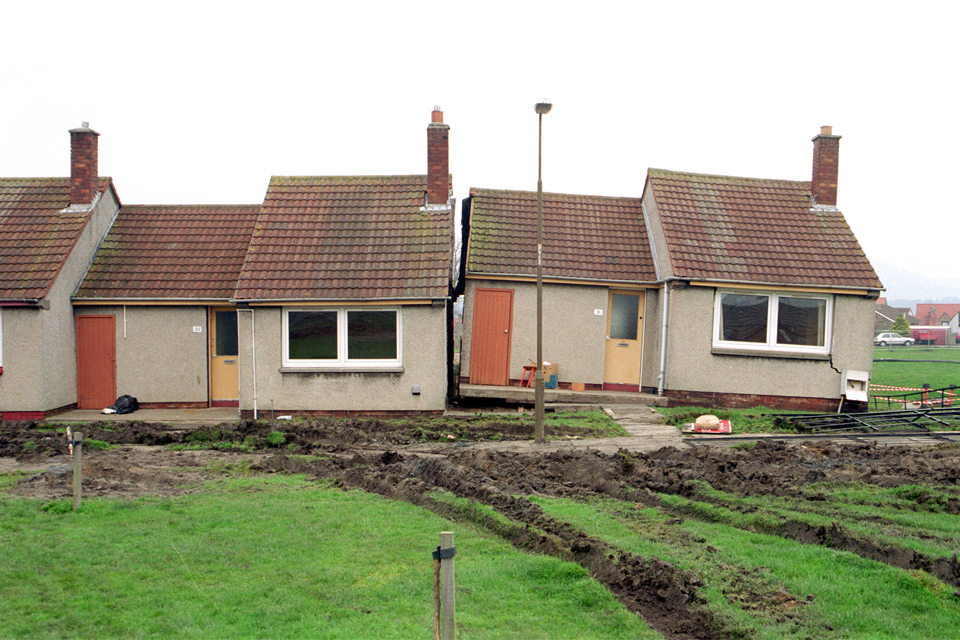
Is your region susceptible? Britain’s geohazard hotspots revealed
14/08/2025
From sinkholes to radon: new maps highlight the most geologically at-risk regions




